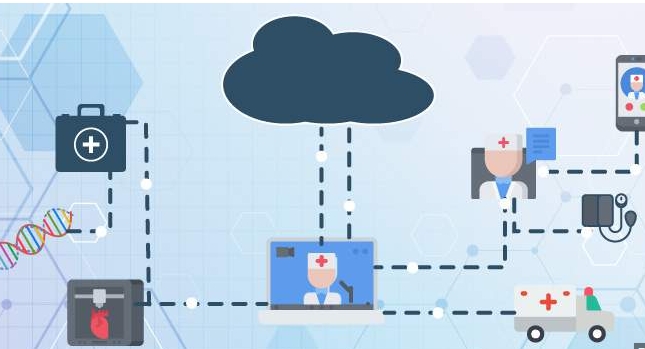Healthcare is undergoing a major transformation with the rise of the Internet of Health Things.
What is the Internet of Health Things?
The Internet of Health Things (IoHT) refers to the network of connected medical devices and sensors that collect and transmit health data to healthcare providers and patients.
How is IoHT revolutionizing healthcare?
1. Remote monitoring and management of chronic conditions
Patients can now monitor their health conditions from the comfort of their own homes, reducing the need for frequent visits to healthcare facilities.
2. Personalized medicine
IoHT allows for the collection of real-time data on individual patients, leading to more personalized and effective treatment plans.
3. Improved patient outcomes
By tracking and analyzing health data in real-time, healthcare providers can intervene earlier and prevent complications, leading to improved patient outcomes.
4. Enhanced patient engagement
Patients are more empowered and engaged in their own healthcare with access to their health data and the ability to communicate with their healthcare providers remotely.
5. Efficiency and cost savings
IoHT can help streamline workflows, reduce unnecessary hospital visits, and lower overall healthcare costs.
Challenges of IoHT
While the benefits of IoHT are clear, there are also challenges to consider, such as data security and privacy concerns, interoperability issues, and regulatory barriers.
In conclusion, the Internet of Health Things is revolutionizing healthcare by enabling remote monitoring, personalized medicine, improved patient outcomes, enhanced patient engagement, and efficiency and cost savings. As technology continues to evolve, IoHT will play an increasingly important role in shaping the future of healthcare.

